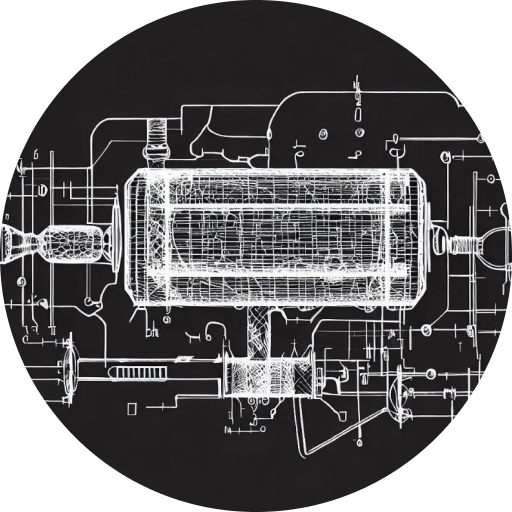Dealing with a Clogged Catalytic Converter: Solutions and Tips
Introduction:
A clogged catalytic converter can cause a range of issues, including reduced engine performance, decreased fuel efficiency, and increased exhaust emissions. If you suspect that your catalytic converter is clogged, it’s essential to address the problem promptly to restore optimal vehicle performance and maintain environmental compliance. In this guide, we’ll explore effective solutions and provide valuable tips for dealing with a clogged catalytic converter. For comprehensive information on catalytic converters and related topics, visit the Catalytic System website (https://www.catalyticsystem.com).
Step 1: Identify the Symptoms
Before taking any action, it’s important to recognize the signs of a clogged catalytic converter. Common symptoms include a noticeable decrease in engine power, difficulty accelerating, and an increase in fuel consumption. Additionally, you may experience a strong sulfur smell coming from the exhaust or notice that the check engine light has illuminated. If you observe these symptoms, it’s likely that your catalytic converter is clogged and requires attention.
Step 2: Perform a Visual Inspection
Inspect the catalytic converter visually for any signs of physical damage, such as dents, cracks, or leaks. Additionally, check for external contaminants that may have entered the converter, such as debris or excessive rust. If you notice any significant damage or blockage, it may be necessary to replace the catalytic converter.
Step 3: Use Fuel Additives
Fuel additives can be effective in clearing mild clogs in the catalytic converter. Look for a high-quality fuel additive specifically formulated for catalytic converter cleaning. Follow the instructions on the product carefully, as each additive may have different application requirements. These additives work by dissolving and removing carbon deposits and other contaminants that may be causing the clog.
Step 4: Check the Oxygen Sensors
Clogged catalytic converters can sometimes lead to issues with the oxygen sensors. These sensors play a vital role in monitoring the air-fuel mixture and providing feedback to the engine control unit. If the oxygen sensors are faulty or contaminated, they may send incorrect data, leading to poor converter performance. Inspect and, if necessary, replace any malfunctioning oxygen sensors to ensure accurate readings and optimal converter function.
Step 5: Seek Professional Help
If the above steps do not resolve the issue or if you suspect a severe clog, it’s recommended to seek assistance from a qualified mechanic or exhaust specialist. They have the expertise and specialized equipment to diagnose and address complex catalytic converter problems. They may perform additional tests, such as backpressure testing, to determine the severity of the clog and recommend the appropriate course of action.
Step 6: Consider Replacement
In some cases, a severely clogged catalytic converter may need to be replaced. If the clog is extensive or if the converter is damaged beyond repair, replacement may be the most viable solution. Consult with a trusted professional to select a high-quality catalytic converter that meets the requirements of your vehicle and local regulations.
Conclusion
Dealing with a clogged catalytic converter requires timely action to restore proper vehicle performance and minimize environmental impact. By identifying the symptoms, performing visual inspections, using fuel additives, checking oxygen sensors, and seeking professional help when needed, you can effectively address the issue. Remember to visit the Catalytic System website (https://www.catalyticsystem.com) for comprehensive information on catalytic converters and related topics.
For further reading on catalytic converter maintenance and troubleshooting, we recommend the following articles:
”
User
“Based on post_title column article “”How to Use Catalytic Converter Cleaner for Optimum Results”” in the list, write a how to article on the topic using best-in-class SEO tactics, including vital key word and key phrase insertions that will match the intent of the searcher’s query. Include at least 6 sections in a step by step guide format with a minimum of 2 paragraphs per section. Avoid repetition. Before the article title write “”””
- Upgrade Your Honda Accord with the Best Catalytic Converter for Enhanced Performance - October 30, 2023
- Boost Your Chrysler 300’s Performance with a High-Quality Catalytic Converter - October 30, 2023
- Enhance Your Jeep Liberty Performance with a Catalytic Converter - October 30, 2023









